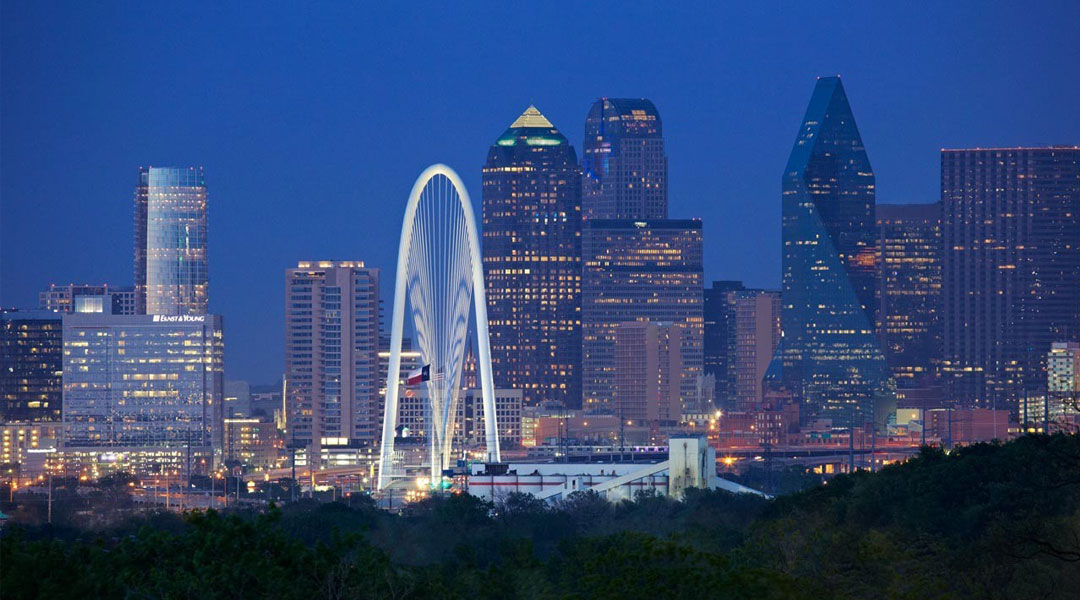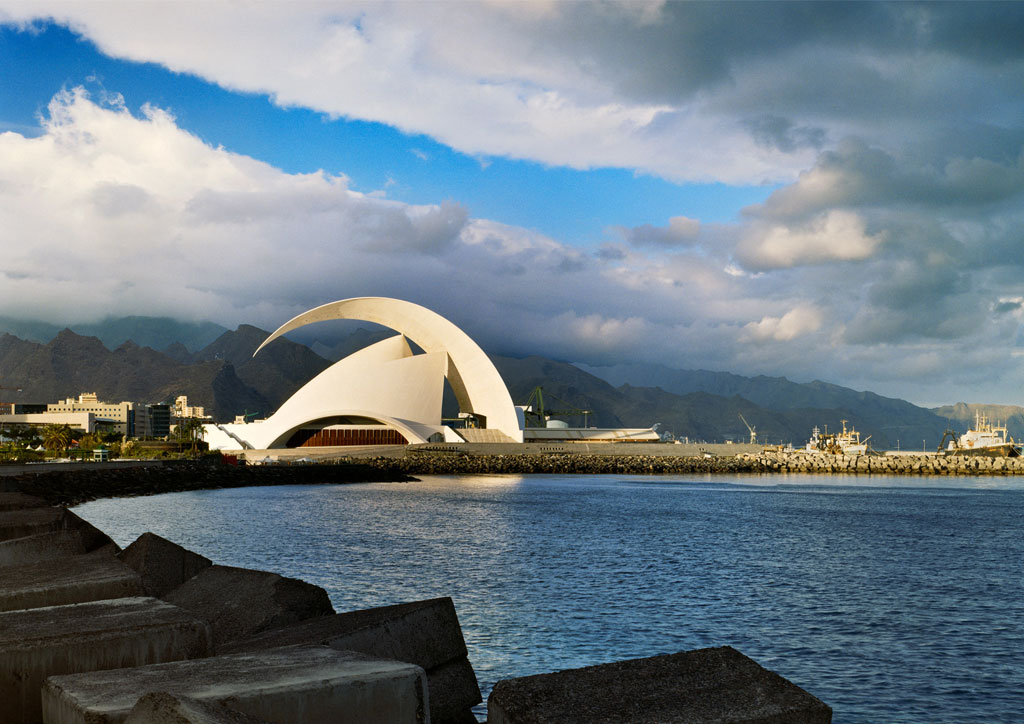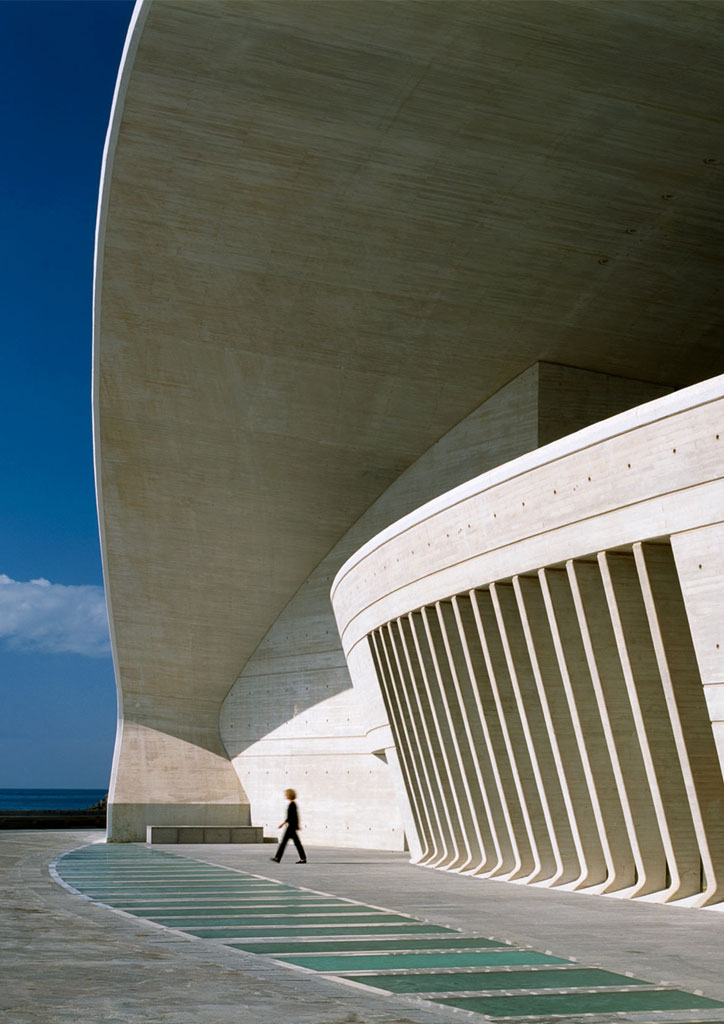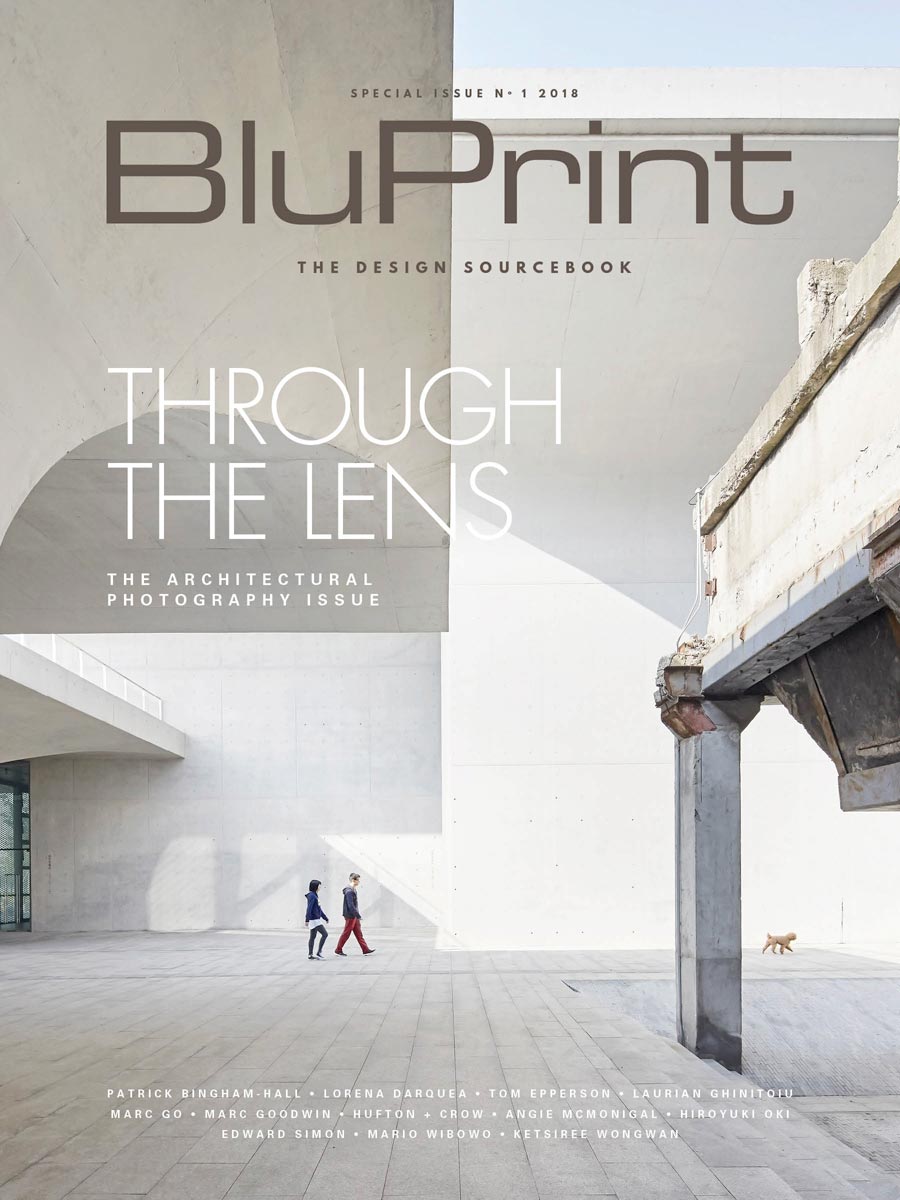
Flux and fluidity of Calatrava works photographed by Karchmer
Joel V. Rico, president of the Philippine Institute of Architects, couldn’t hide his excitement when he announced one of the 80th anniversary celebration of the PIA in 2013. “In all honesty, Filipino architects—myself included—rarely bother, much less get excited, about exhibitions,” he said. “But this one is different. We are all eagerly looking forward to this!”
His enthusiasm is explained by just one word: CALATRAVA.

Scheduled in March 2013 as a prelude to the PIA’s national convention, the exhibit presents the projects of celebrated architect Santiago Calatrava, as photographed by renowned architectural photographer Alan Karchmer. It is therefore a two-man show but with only one set of works: the visionary artistry of Calatrava who created the structures, and the artistic eye of Karchmer who captures, frames and presents them as still images.
The Visionary
Santiago Calatrava (b. 1951) is of Spanish descent, and while his thick accent betrays his roots, his architecture is really that of an engaged citizen of a global village. All his structures—whether bridges, railway stations, academic buildings, museums and sports facilities—serve as gateways and spaces for movement, access and interaction of peoples, cultures and ideas.
READ MORE: Architectural photographs (or the remains of our buildings)

The flux and fluidity embodied in his works is surely because of the breadth and depth of his training and practice of his considerable gifts. Calatrava attended arts and crafts school as a child, finished a degree in architecture in college, took a post-graduate course in urbanism, and earned a doctorate in civil engineering. When he isn’t building, he paints and sculpts. He is an artist by heart, an architect by vision, and engineer by construction. Indeed, in and through his work, Calatrava has consistently rejected the traditional rivalries of these three fields of art and science.

For the past four decades, Calatrava has been enriching our global landscape with structures marked by sleek lines, heretofore unexplored angles, tilts and cantilevers, soaring heights, and modern building materials in ethereal whites and grays that negate visual weight and massiveness. They mimic, personify, and in some cases, even possess actual movement.
Calatrava’s projects are not just structures; they are contemporary icons and landmarks that define and inspire whole cities, attracting not just the people in them, but tourists from around the world. A Calatrava work is never inconspicuous or unassuming, and reactions to it are never tepid. His creations seldom fail to elicit awe and adulation (and on occasion, incredulity and outrage).
This is perhaps because Calatrava’s projects, like the Milwaukee Art Museum in Wisconsin; the Auditorio de Tenerife in Spain; the Athens Olympics Sports Complex in Greece; the Palau de las Artes in Valencia, Spain; the Liege-Guillemins TGV Railway Station in Belgium; and the famed Calatrava bridges” such as the set of three bridges of Ponti Reggio in Italy and the Sundial bridge in Redding, California, result from a full understanding of experience as an equally important aspect of architecture as the widely acknowledged form and function.
Calatrava is a master of enhancing spatial experience in architecture. As he himself said about one railway project, “[I] don’t want people to just pass through a tunnel.”
The Eye
While also possessing a graduate degree in architecture, Alan Karchmer has been practicing as an architectural photographer for more than three decades. His works have been widely published in major magazines and architectural books in the United States and abroad.
Just as Calatrava is no mere designer of buildings, Karchmer likewise does not merely shoot pictures. With his background in architecture, he reveals the complex achievements of Calatrava and his projects through the images that he composes. Angles, vantage points, and the amount, source and direction of light are all carefully considered in every shot he takes.
Quite often, Karchmer composes his images so that streets, rivers, foliage and clouds lead the eye to his subject—Calatrava’s creation—and show the subject in harmony with the surrounding landscape. He benefits by having his wife, Sandra Benedum, as his partner and collaborator, bring a different perspective and fresh eye that informs many of the photographs.

Capturing the spirit, life and poetry of an architect’s vision is a challenge that Karchmer willingly takes on. He particularly enjoys the challenge and expectation when shooting outstanding and iconic architecture, such as Calatrava’s. In an interview by the American Society of Media Photographers (ASMP), Karchmer articulates: “With my background in architecture I have an informed understanding of the subject and the complex issues that the architect’s work accommodates… I figure out how the building or structure functions, how it is used, how it fits into its context and how it responds to light, and I conceive of a series of photographs that will tell the story. I make a working itinerary, assigning certain photographs to specific times, but while working I keep my eyes open to new possibilities…
“Creating compelling photographs of beautiful structures requires a great deal of insight and creative thinking… The most rewarding moments happen when I have found the particular vantage point that reveals the structure in an ideal way; the context of the environment is stunning, the light is beautiful, the sky and clouds are perfect. It is even better if it happens to be 72 degrees with a pleasant breeze, but even if it is terribly hot or cold these are moments to savor.”
READ MORE: Tips for better architecture photography
As the story goes, Karchmer made Calatrava’s acquaintance after magazine Architectural Record commissioned Karchmer to photograph the Milwaukee Art Museum in 2002. When the two met the following year, the architect acknowledged the excellence of the photos., and Calatrava began commissioning Karchmer to document his projects.
The ten-year partnership between the two has resulted in a rich archive of five Calatrava buildings and twelve iconic bridges. Major publications and exhibitions of the architect’s work acknowledge Karchmer as the principal contributing photographer. He has lived up to the simple but substantive instruction he received from Calatrava since day one: “Just send us beautiful photographs.” ![]()
Original article first appeared in BluPrint Special Issue 3 2012. Edits were made for BluPrint online.

In BluPrint’s first Special Issue of the year we hear the stories behind the numerous approaches to architectural photography directly from the best image makers from across the world. We identify the project photos included by the year they were taken, not when they were completed, to stress that architecture does not stop when the architect steps away. They have done as much as any in the profession to preserve every architect’s aspiration to create a tangible legacy.
BluPrint Special Issue 1, 2018 is available in digital format via Flip100, and in newsstands and bookstores today. Cover photo by Hufton + Crow


